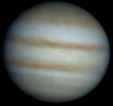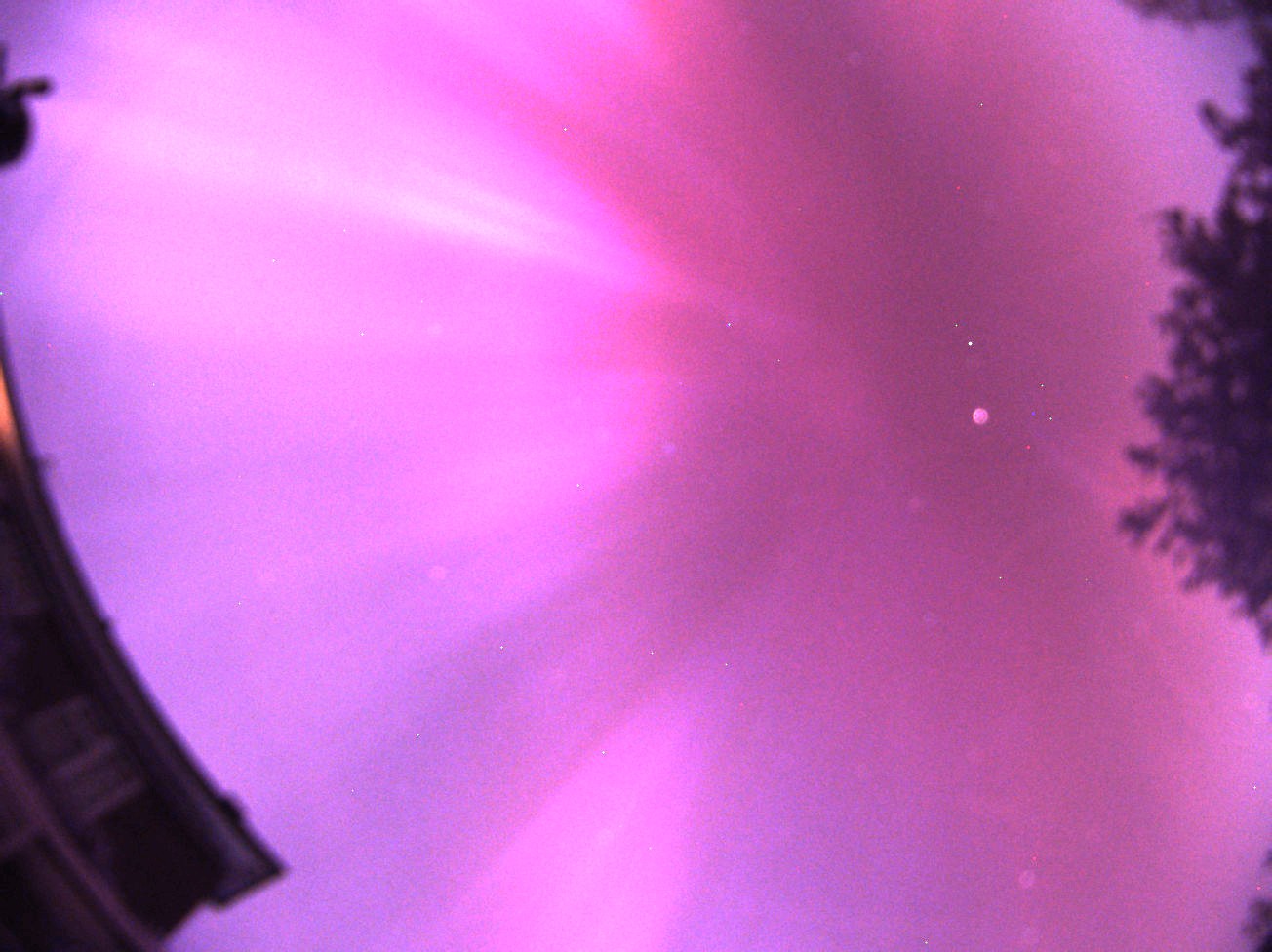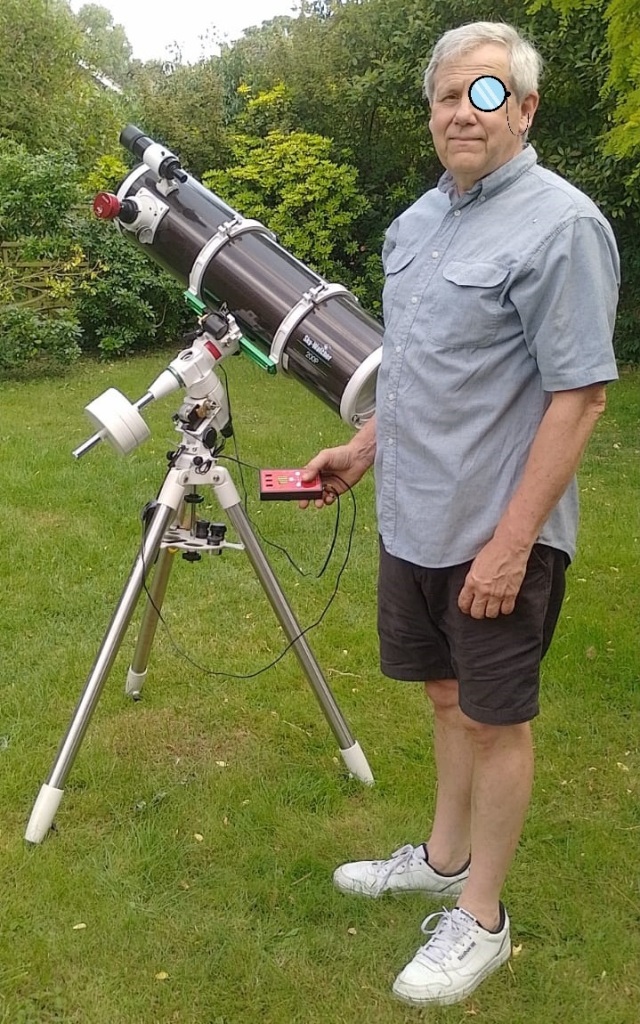
Mark with his Skywatcher reflector.
Science tells us that we should be sceptical of second-hand information and trust only what we actually observe. Galileo Galilei got into deep shit when what he saw disagreed with the what the Catholic Church told him he should be seeing. Unfortunately its impossible to empirically check more than a tiny fraction of what we accept as “scientific fact” . As an engineer I’ve designed things that only work because they obey laws that scientists have discovered so that’s satisfying but I’d like to check some other things, just to give me some peace of mind.
You do not need any equipment to “do” Astronomy, just eyes will do. However, people have always put huge effort into making things to aid their observations. From Stonehenge, and the Pyramids to Jodrell Bank (built the year I was born) and the James Webb Space Telescope. Such effort should not be underestimated: Herschel even used horse manure to cast the mirrors of his great telescope (maybe that’s where we get the phrase ‘stinking to high heaven’)?
Anyway, my eyesight’s not what it was so I decided I needed a telescope to get to grips with my re-found hobby. First decision should I choose a refractor (lens focussed) or reflector (mirror focussed). I wanted to look at planets but also fainter “deep sky objects” for which you need to capture a lot of light. Reflectors are best for this (the larger ones are rudely called “light buckets”). I chose a 200mm (mirror diameter) Newtonian invented by guess who?





